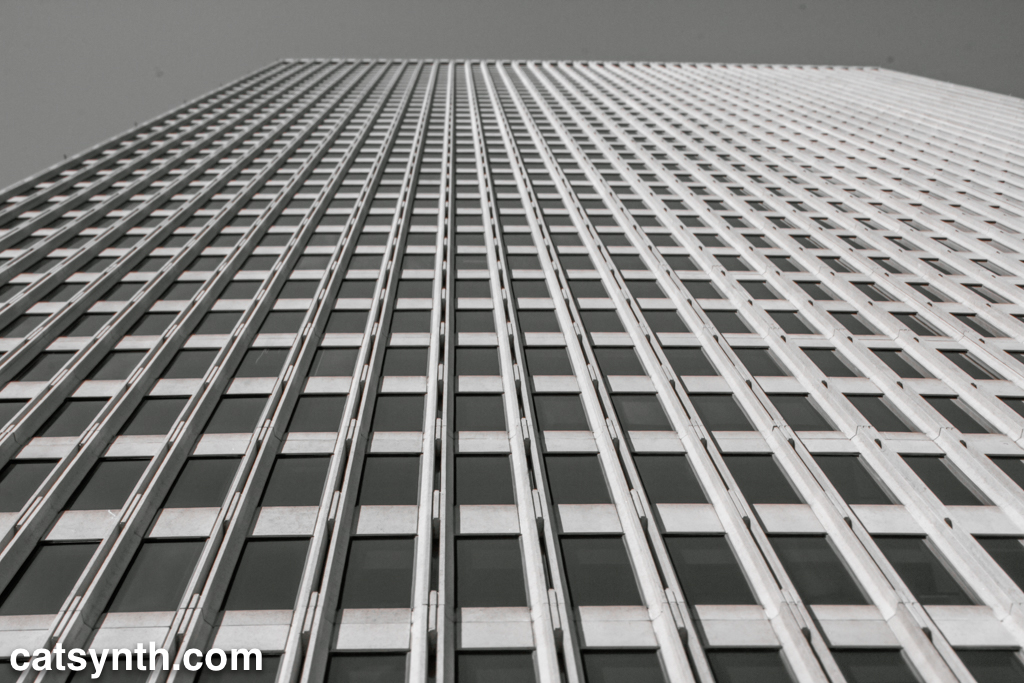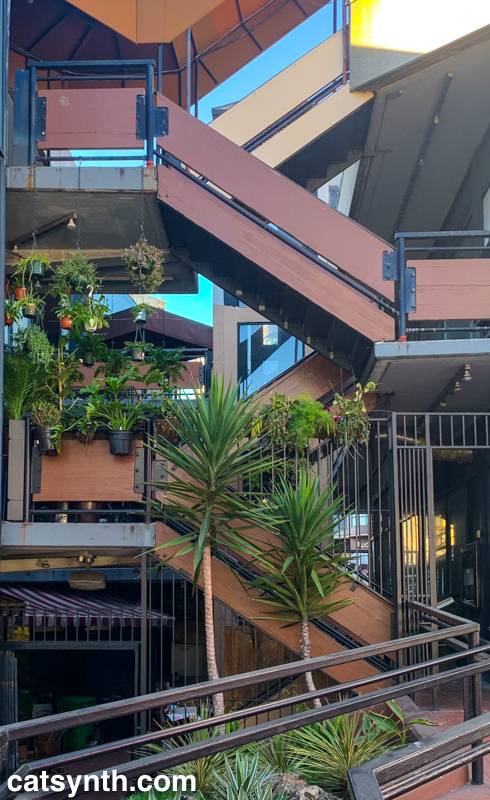
Looking up at Four Embarcadero Center in San Francisco. Taken using a Lensbaby Edge 35 lens.


This building on Polk Street has long intrigued me. It feels very out of place style-wise with a more 1960s modern-tropical vibe compared to its more “classic San Francisco” surroundings. It houses some Asian businesses and otherwise seems vacant. I personally like both modernist angles and its dissonance.